1. Hell, Michigan
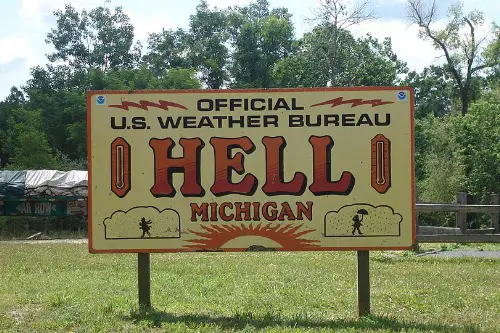
No, it wasn’t meant to be ironic. The town of Hell actually got its name in the 1830s when a man named George Reeves opened a distillery there. Local folks used to say, “He’s gone to Hell again,” referring to his trips to the distillery—and eventually the name just stuck. When it came time to formalize it, someone allegedly said, “Call it Hell for all I care,” and so they did.
The town now fully leans into the gimmick, selling “I’ve been to Hell” merch and hosting Halloween events, according to Joe Pesh from Mix 95.7. But it wasn’t intended to be a roadside novelty—it was just a place with some poorly chosen (or well-timed?) words. You can even buy an acre of land in Hell or get married there. It’s a tourist town now, but the original idea was as serious as any frontier community.
2. Santa Claus, Indiana

This cheerful little town was never meant to be a Christmas destination, according to Deja Studdard from Fox 59. Originally called “Santa Fe,” it had to change names when the post office rejected it due to duplication. Legend has it, a kid shouted “Santa Claus!” during the meeting to pick a new name, and the adults rolled with it. The town has been leaning hard into the holiday theme ever since.
Postmasters started receiving a flood of letters addressed to Santa, and they figured, why not embrace it? Now there’s a theme park called Holiday World, a Santa Claus Museum, and streets like “Candy Cane Lane.” But make no mistake—it wasn’t planned. It all started with a postal regulation and an enthusiastic child.
3. Boring, Oregon
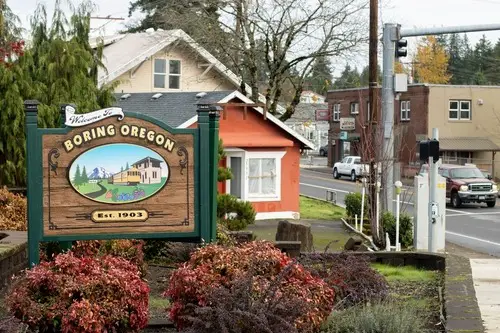
Boring didn’t get its name because it’s dull—at least, not on purpose, according to Ken Jennings from Condé Nast Traveler. It was named after William H. Boring, a Union soldier who settled there in the 1870s. People still laugh at the name, but the town has made peace with it by partnering with places like Dull, Scotland, and Bland, Australia. Together, they make up the “League of Extraordinary Communities.”
The whole branding thing came later, but the town never intended to be a punchline. It was just unfortunate timing and an unfortunate surname. Still, the name has drawn visitors who just want to say they’ve been somewhere “Boring.” In a weird way, the joke helped it thrive.
4. Truth or Consequences, New Mexico
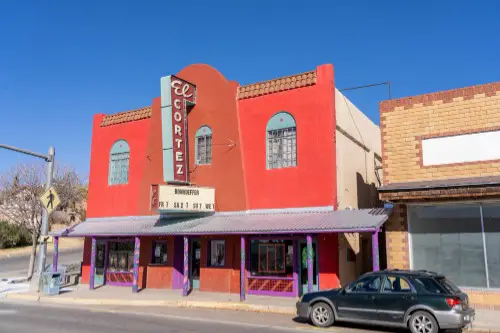
This small town wasn’t always named like a reality TV show—it used to be called Hot Springs, according to Scott Brown from KRQE. In 1950, the game show Truth or Consequences offered to air a live episode from any town that would rename itself after the show. Hot Springs jumped on the offer, and the town legally changed its name. It was supposed to be a temporary publicity stunt, but the name stuck—and the identity shifted with it.
The bizarre part? Many people moved there expecting it to be quirky or fun, and some were surprised to find a fairly sleepy spa town. It was never meant to become a pop culture relic, but here we are. They still hold an annual festival to commemorate the name change. Talk about a branding accident that got completely out of hand.
5. Centralia, Pennsylvania
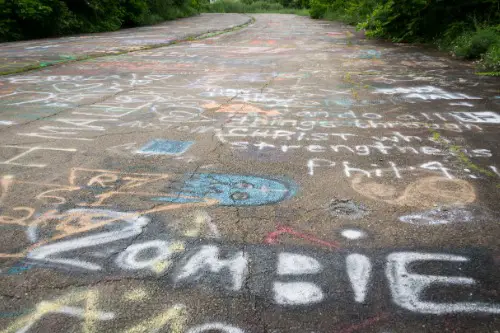
Centralia wasn’t built by mistake, but it became a ghost town due to a tragic one, according to Mark Mancini from HowStuffWorks. In 1962, a fire was accidentally set in an abandoned coal mine beneath the town—and no one realized how bad it would get. The fire is still burning underground today, releasing toxic gases and causing sinkholes to open up without warning. Most residents were relocated by the ’90s, and now only a few remain.
The eerie thing? Centralia was just a normal coal town until that one bad call changed its fate. The mistake wasn’t building the town—it was trying to burn trash in the wrong place. Now, it’s basically the real-life inspiration for Silent Hill, and people visit it like it’s a haunted attraction.
6. Accident, Maryland
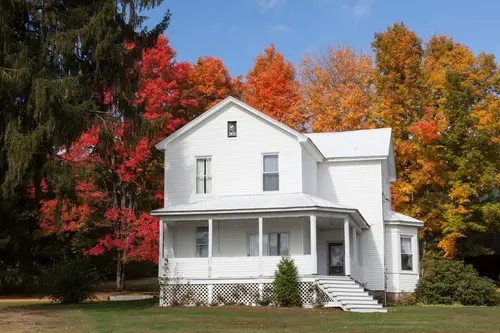
This town’s name wasn’t a mistake—it was about a mistake. Back in the 1700s, two land surveyors accidentally picked the same tract of land, unaware they were claiming the same spot. When they discovered the overlap, they called it “The Accident.” Over time, the name stuck, and eventually, a town sprang up around it.
It sounds like a tall tale, but historians back it up with old land records. These days, the town embraces its name with signs like “Welcome to Accident—A Beautiful Mistake.” It’s a small community with under 400 people, but it gets more than its share of curious visitors. It’s the kind of place that became memorable because someone literally filed the paperwork wrong.
7. Slab City, California
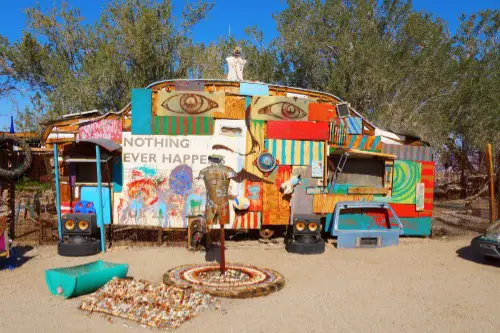
Slab City wasn’t planned by anyone—it just emerged, like moss in the desert. After Camp Dunlap, a World War II Marine training base, was dismantled, all that was left were concrete “slabs.” In the absence of oversight, squatters, artists, and RV dwellers moved in. What started as an abandoned military camp turned into a lawless off-grid community.
There’s no government, no utilities, and no rent. It’s been called “the last free place in America,” but it certainly wasn’t designed with that mission in mind. Every resident lives there because nowhere else would take them—or because no one else could stop them. It’s a mistake that became a statement.
8. Cairo, Illinois

Cairo was supposed to be the next great American metropolis. Built at the confluence of the Mississippi and Ohio rivers, people thought it would become the Chicago of the South. But constant flooding, political corruption, and racial tension slowly strangled the city’s growth. Now, it’s mostly abandoned buildings and a crumbling downtown.
The original planners bet big—and lost. They didn’t account for just how badly the rivers could flood or how racially charged politics would tear the town apart. What’s left is a ghost town that tells a story of ambition without foresight. Cairo isn’t empty by accident—it’s there by mistake.
9. Lake City, Colorado
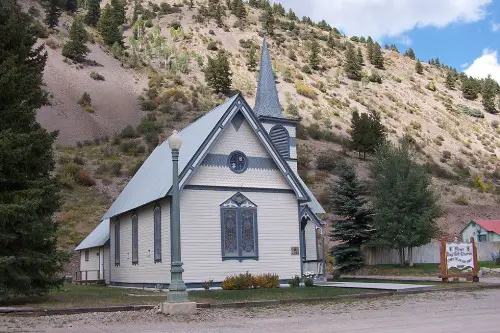
Lake City was built in the 1870s after a silver boom, but here’s the twist: they thought they were building next to a massive lake. Turns out, the lake they named the town after doesn’t even exist anymore—it was seasonal and disappeared. But by the time they realized the error, the town was already on maps and railroads were being built.
They doubled down on the name, even without a lake to back it up. Today, it’s a quaint mountain town with amazing scenery and not a large body of water in sight. Tourists are often confused—but charmed—by the misnomer. It’s a reminder that even a disappearing lake can give birth to a lasting settlement.
10. Whynot, North Carolina
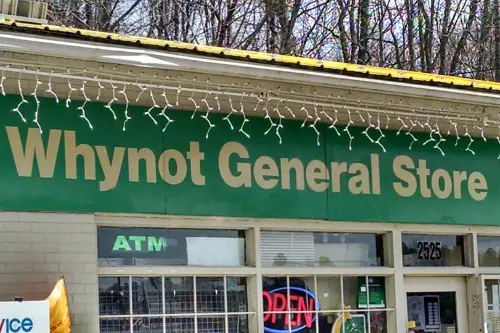
Back in the 1800s, residents were arguing over what to name their new town. After hours of debate, someone reportedly sighed and said, “Why not name it Whynot and let’s go home?” That name won the day, and Whynot became official. It was never meant to be clever—just convenient.
Over time, the name started drawing attention from drivers and tourists looking for offbeat Americana. It’s now known for its pottery and artisan culture, but the name still steals the spotlight. It’s the kind of place that reminds you not all decisions have to be profound. Sometimes “why not” is a better answer than overthinking it.
11. Zzyzx, California

This one feels like it came from a sci-fi novel, but it’s real. Curtis Howe Springer, a radio evangelist and self-proclaimed doctor, made up the name “Zzyzx” in 1944 so it would be “the last word in the English language.” He squatted on federal land and built a health spa, pretending it was government-sanctioned. The whole thing was a con, but by the time authorities caught up, the name had stuck.
Now Zzyzx is an official place on the map, home to a Desert Studies Center run by a university. It wasn’t supposed to be anything permanent—just a quack’s fantasy. But the spa buildings were preserved and turned into a research outpost. So a fake wellness retreat accidentally became a hub for real science.
12. Needles, California
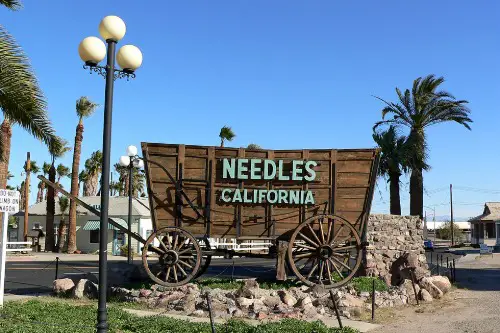
Needles was built on a hunch that turned out to be half right. When railroad companies were expanding west, they chose Needles because it was near the Colorado River—but they underestimated the extreme heat. Temperatures often top 120°F in summer, and workers initially had to bury tools so they wouldn’t burn their hands. Still, a town formed anyway.
Over time, people learned to live with the desert’s harshness, but the original site selection was clearly rushed. They had the river, sure—but not the climate. It was meant to be a convenient stop, not a scorched outpost. Today, it’s best known for extreme weather and a dog from Peanuts who hated it.
13. Eek, Alaska
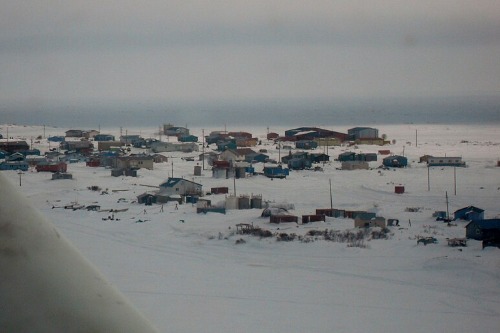
Yes, there’s a town called Eek—and no, it wasn’t a joke. The name comes from an Eskimo word that means “two eyes,” likely referring to local water bodies. But to English speakers, it always sounded like a scream. Early explorers reportedly laughed at the name but used it anyway.
Eek’s location was logical—it’s near a river, with good fishing and hunting. But the name makes it feel like a punchline to a riddle no one remembers. Still, it’s a real town with a school, an airport, and a resilient population. Built on tradition, but labeled by accident.
14. Rough and Ready, California
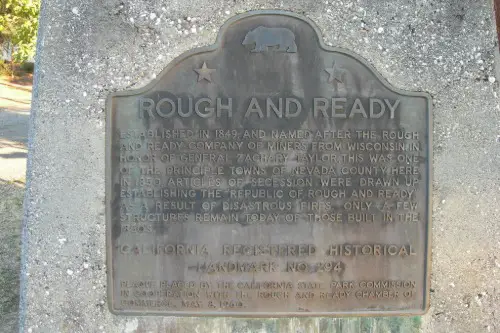
This one came out of pure gold rush chaos. A mining company from Wisconsin named itself “Rough and Ready” after a nickname for President Zachary Taylor. When they founded a mining camp in California in 1849, they used the same name. The town then seceded from the Union in protest of mining taxes—before sheepishly rejoining a few months later.
So yes, the town tried to become its own country, basically by mistake. The name makes it sound like a rowdy biker bar, but it’s actually a sleepy gold rush relic. Still, that brief moment of self-declared independence put it on the map forever. A drunken tax protest is now a full-fledged community.


